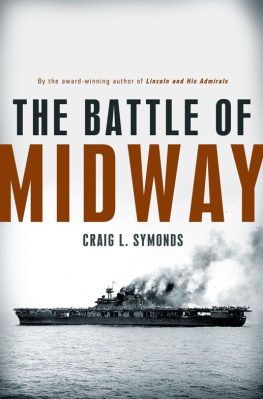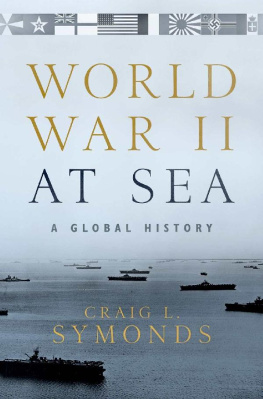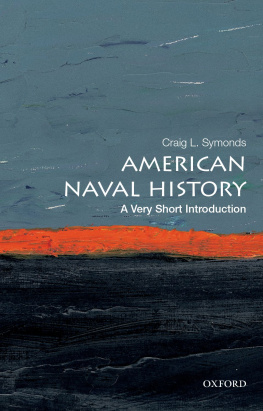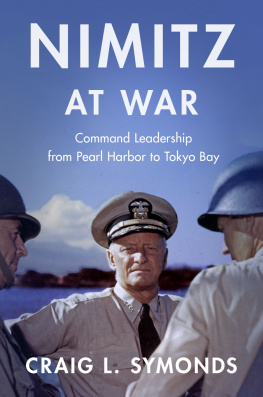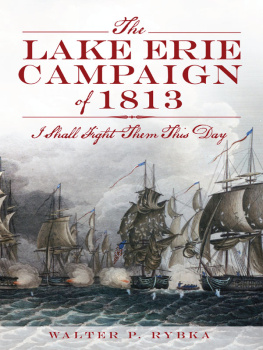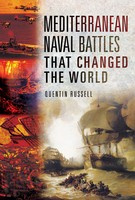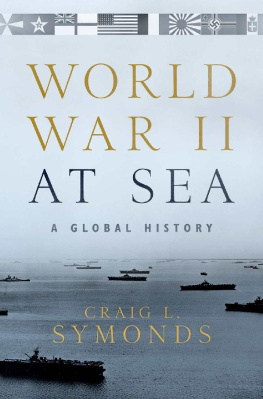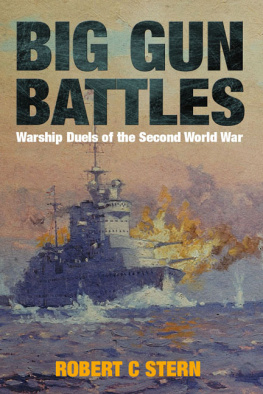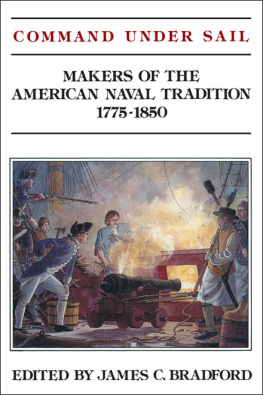Craig L. Symonds - Decision at Sea: Five Naval Battles that Shaped American History
Here you can read online Craig L. Symonds - Decision at Sea: Five Naval Battles that Shaped American History full text of the book (entire story) in english for free. Download pdf and epub, get meaning, cover and reviews about this ebook. year: 2006, publisher: Oxford University Press, USA, genre: History. Description of the work, (preface) as well as reviews are available. Best literature library LitArk.com created for fans of good reading and offers a wide selection of genres:
Romance novel
Science fiction
Adventure
Detective
Science
History
Home and family
Prose
Art
Politics
Computer
Non-fiction
Religion
Business
Children
Humor
Choose a favorite category and find really read worthwhile books. Enjoy immersion in the world of imagination, feel the emotions of the characters or learn something new for yourself, make an fascinating discovery.

- Book:Decision at Sea: Five Naval Battles that Shaped American History
- Author:
- Publisher:Oxford University Press, USA
- Genre:
- Year:2006
- Rating:4 / 5
- Favourites:Add to favourites
- Your mark:
Decision at Sea: Five Naval Battles that Shaped American History: summary, description and annotation
We offer to read an annotation, description, summary or preface (depends on what the author of the book "Decision at Sea: Five Naval Battles that Shaped American History" wrote himself). If you haven't found the necessary information about the book — write in the comments, we will try to find it.
Acclaimed military historian Craig Symonds offers spellbinding narratives of crucial engagements, showing how each battle reveals the transformation of technology and weaponry from one war to the next; how these in turn transformed naval combat; and how each event marked a milestone in American history.
Oliver Hazard Perrys heroic victory at Lake Erie, one of the last great battles of the Age of Sail, which secured the Northwestern frontier for the United States
The brutal Civil War duel between the ironclads Monitor and Virginia, which sounded the death knell for wooden-hulled warships and doomed the Confederacys hope of besting the Union navy
Commodore Deweys stunning triumph at Manila Bay in 1898, where the U.S. displayed its new navy of steel-hulled ships firing explosive shells and wrested an empire from a fading European power
The hairsbreadth American victory at Midway, where aircraft carriers launched planes against enemies 200 miles away--and where the tide of World War II turned in the space of a few furious minutes
Operation Praying Mantis in the Persian Gulf, where computers, ship-fired missiles, and smart bombs not only changed the nature of warfare at sea, but also marked a new era, and a new responsibility, for the United States.
Symonds records these encounters in detail so vivid that readers can hear the wind in the rigging and feel the pounding of the guns. Yet he places every battle in a wide perspective, revealing their significance to Americas development as it grew from a new Republic on the edge of a threatening frontier to a global superpower.
Decision at Sea is a powerful and illuminating look at pivotal moments in the history of the Navy and of the United States. It is also a compelling study of the unchanging demands of leadership at sea, where commanders must make rapid decisions in the heat of battle with lives--and the fate of nations--hanging in the balance.
Craig L. Symonds: author's other books
Who wrote Decision at Sea: Five Naval Battles that Shaped American History? Find out the surname, the name of the author of the book and a list of all author's works by series.


